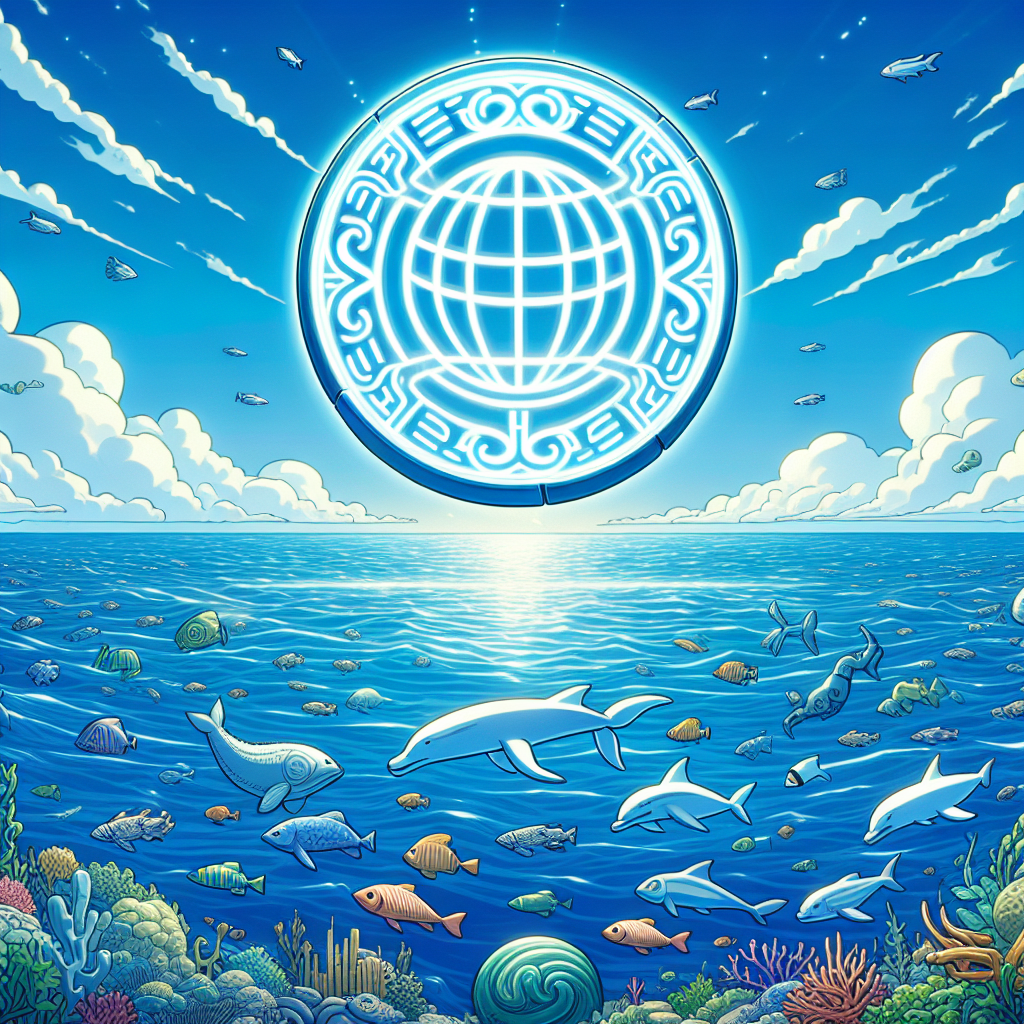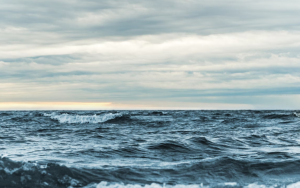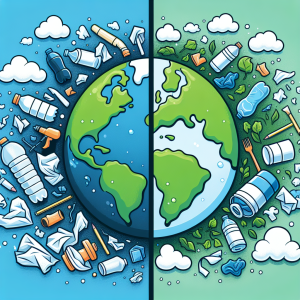
Understanding the Impact of the High Seas Treaty
The global community recently witnessed a historic milestone with the ratification of the High Seas Treaty, marking a significant step forward in marine conservation. This comprehensive treaty aims to safeguard marine biodiversity by establishing protected areas across the high seas, areas that had thus far been largely unregulated. As we explore the implications of this treaty’s enforcement, set to begin in January 2026, it’s crucial to understand its scope, the process behind its ratification, and the potential impacts on global ocean health.
The Journey to Ratification
Formalized in September 2025, the High Seas Treaty reached the critical milestone of 60 ratifications needed to enter into force [High Seas Alliance]. This treaty stands as part of the United Nations Convention on the Law of the Sea, reflecting years of negotiations among nations [UN News]. The ratification by countries like Sri Lanka, St. Vincent and the Grenadines, Sierra Leone, and Morocco was pivotal in triggering the treaty’s enforcement
The Core Objectives
The primary goal of the High Seas Treaty is to establish a framework for protecting marine biodiversity in areas beyond national jurisdiction. This framework includes establishing marine protected areas (MPAs), which are crucial for controlling activities that threaten oceanic ecosystems, such as overfishing and deep-sea mining [High Seas Treaty Ratification Tracker]. The treaty also introduces environmental impact assessments for activities planned on the high seas, ensuring that marine projects do not threaten the ecological balance.
Addressing Marine Conservation Challenges
Historically, the high seas have been considered international waters, leading to limited regulations on conservation efforts. With the advent of the High Seas Treaty, the international community is now equipped to address existing gaps in oceanic governance. The treaty’s implementation will likely bolster scientific research and monitoring, thereby enhancing our ability to manage these marine areas effectively.
Future Benefits
As the High Seas Treaty comes into effect, the potential benefits for marine ecosystems are immense. Key among these is the promotion of biodiversity through the establishment of bioregions across the high seas where human activity will be regulated. Furthermore, the treaty is expected to foster resilience in marine ecosystems, enhancing their ability to adapt to climate change impacts.
Research affiliated with the treaty underscores the importance of international collaboration in addressing over-exploitation of marine resources. This cooperative approach is vital for maintaining ocean health, which has a direct impact on global climate stability and food security.
Global Impact and Future Perspectives
The ratification of the High Seas Treaty marks a convergence of environmental policy and diplomacy, demonstrating the collective will of nations to conserve one of the Earth’s most vital resources. While the treaty establishes a promising framework, the true measure of its success will depend on the commitment of world governments to enforce its terms effectively.
As we look to the future, it’s clear that sustaining the momentum in ocean conservation matters more than ever. These efforts must be complemented by technological innovations and ongoing scientific research to monitor progress. Ultimately, the High Seas Treaty is a testament to the power of international cooperation in overcoming complex global challenges and securing the health of the planet for future generations.



